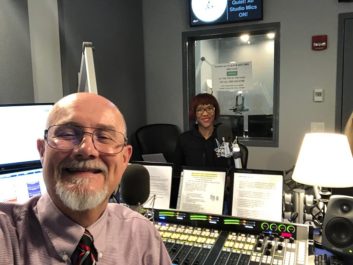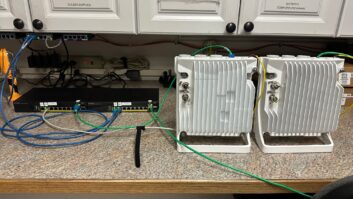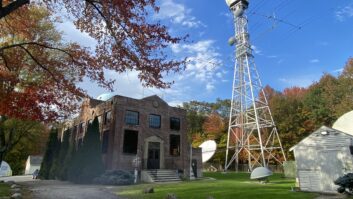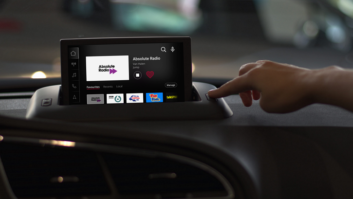
The author is radio operations manager for Georgia Public Broadcasting.
ATLANTA — Georgia Public Broadcasting covers local politics across 18 radio stations and nine television stations in the state. Over the past several months, we’ve covered more local, political and live breaking news events than ever, even by election year standards.
This was on top of another major change: In early March, GPB reporters in Macon, Savannah and Atlanta were sent home with laptops, mics and other equipment to ride out the pandemic.
Fortunately, we had the studio infrastructure to do all the above.
[Read “How to Choose Your Next Radio Console”]
In 2018, we moved our offices, rebuilt our studios and repopulated studios with new WheatNet-IP audio networking and LX-24 console surfaces. We built four edit studios and an air studio, production studio and talk studio while transitioning over from our Wheatstone Bridge TDM system to the new WheatNet-IP audio network using a Wheatstone MADI Blade, which let us move multiple audio channels between the two easily.
The talk studio was the last one we completed in the fall of 2019, which gave me a few months to finalize settings and workflows before the pandemic hit. I had spent some time setting up salvos on the studio LX-24 consoles so that operators could interrupt the ENCO automation and mix feeds from any three of the adjoining studios in the facility.
That came in handy during our many live-breaking news events; operators simply press a button on the console that fires off a salvo to interrupt the automation and go live instantly to any of the other studios. I set up a similar salvo routine to stop station IDs from firing during such events, another function that has come in handy.
Finally, to repurpose broadcast television audio for radio, I set up a Wheatstone HD-SDI Blade into the WheatNet-IP network that de-embeds audio from a video stream for direct input to the console and then on-air.
I’ve since added Glass E remote client software for the LX-24 boards so that instead of having someone come in to turn off or on the feed and insert whatever breaks are needed, it can all be done remotely from home. The remote client software mirrors the console so that settings can be changed remotely.
There were practical reasons for upgrading to WheatNet-IP audio networking at the time, but all those paled in comparison to the actual events of the last few months.
Radio World User Reports are testimonial articles intended to help readers understand why a colleague chose a particular product to solve a technical situation.
For information about Wheatstone consoles, contact Jay Tyler in North Carolina at 1-252-638-7000 or visit www.wheatstone.com.







